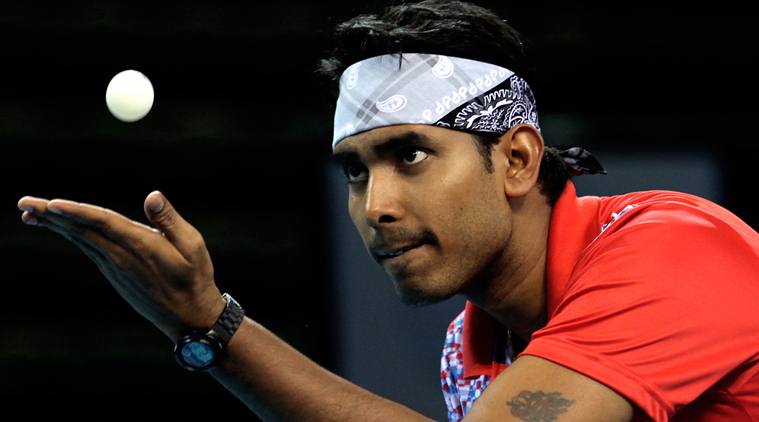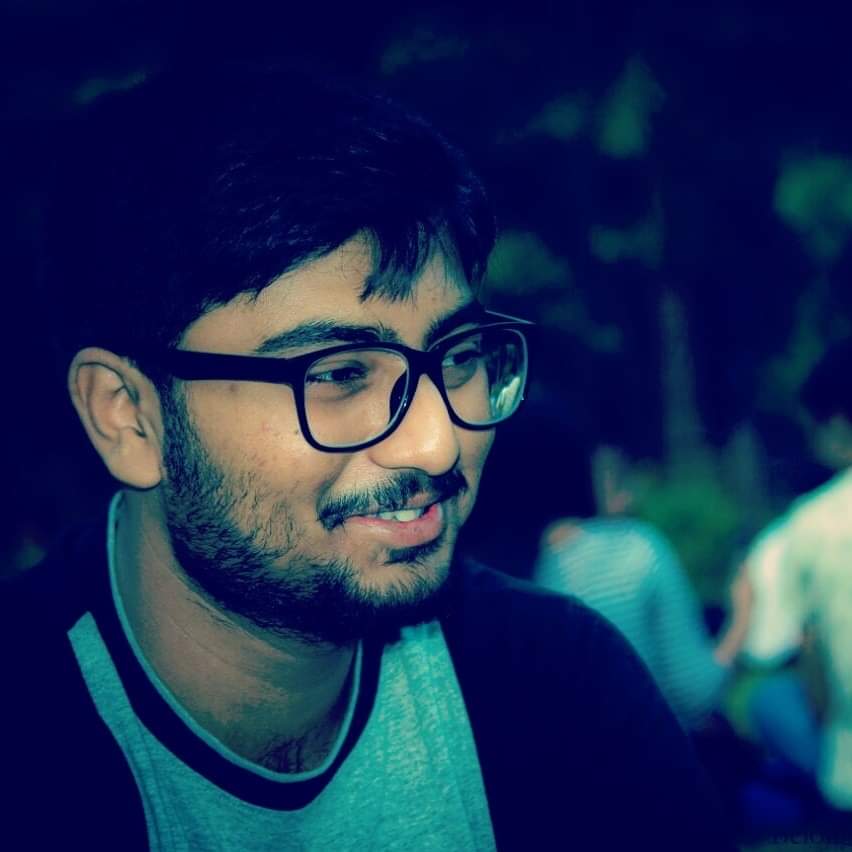Pathbreakers | Sharath Kamal: Man who scripted India’s paradigm shift in Table Tennis

When it comes to changing the landscape of Indian Table Tennis, no one takes more credit than veteran Indian paddler Achanta Sharath Kamal. Having scripted a historic Gold in the Men’s individual event at the 2006 CWG, he followed it up with other rare feats to put India on the global stage.
Have you played Table Tennis in your school or college? 99% of my readers would be on the affirmative side because it is arguably the most popular recreational game in any institution. But, since we have confined the game (don’t you dare call it ping pong) to common rooms and restricted its domain to extra-curricular activities, we have ignored the fact that Table Tennis is an Olympic sport (even Cricket is not) which can potentially be taken as a career option too. Along came Sharath Kamal, who braved the shackles and stereotypes, made everyone realize that the sport was much beyond a pastime and most importantly gave a boost to Indian Table Tennis which was stagnant for decades.
India’s most decorated player of the 20th century, Kamlesh Mehta was a rare phenomenon while Chetan Baboor was a bit more than a sensation. Neither of two managed to inspire generations or passed the baton for further glory. This is the main deviation of the former two from a certain Sharath Kamal, whom I was lucky enough to meet and even share the table for a few rallies too. He was a superstar by then; it was roughly a few months after he claimed a historic Gold medal in the Men’s singles event at the 2006 Melbourne Commonwealth Games. I was starstruck by his humbleness.
Just when Tables Tennis in India was on the verge of a decline and was mainly seen as a sport to bag lucrative deals from corporate identities, the Chennai-born paddler emerged as an antithesis to the normal trend. While participation in the big-ticket events was the end game to some, outwitting local boy William Henzel in the 2006 Melbourne CWG Gold medal match was something beyond imagination. But believe me, Kamal was born to achieve the impossible.
Sharath Kamal was head and shoulders above his contemporaries in India, with his World ranking in the top-100 club while others hovering much below. His domestic record of winning nine national titles hardly justifies the patron he was of Indian Table Tennis. The Existence of European Leagues was mostly unheard in the first decade of this century in India; it was the flamboyant paddlers’ appearance in the German major league (Bundesliga) that Indians got recognition in foreign territories. SV Werder Bremen, Borussia Dusseldorf were two of the most reputed clubs he played for.
His legacy was not only built on foreign invasion but also consistent exploits in the domestic arena and simultaneously being the torchbearer of the sport for more than ten years at a stretch. Many shot into the limelight and faded away, but Sharath was omnipresent in the canvas. Sailing to the other side in troubled waters during the voyage remained his hallmark, having had the better of many fancied opponents on a regular basis. But to stamp the authority that Indians can topple the fiercest of rivals on any fine day, made him great. Sharath was an inspiration to the next batch of stars, who now dared to go the distance, knowing India is not a Table Tennis powerhouse, to say the least. The paradigm shift made it sure that top paddlers realized it was ‘game on’ when an Indian is delivering from the other end of the table, which was otherwise a ‘cakewalk’ for the opposition before.
For instance, Manika Batra was in a fix to choose between modelling and sports at the age of 11 when Sharath Kamal pulled off the impossible coup ‘Down Under.’ Simultaneously, Gnanasekaran Sathiyan, the would-be engineer was still in a dilemma whether to take up the sport professionally back in 2006. That Sharath would still stay strong, team up with Sathiyan after and break into the top 20 of the world rankings 14 years after the Melbourne-feat is as miraculous as it sounds. If overcoming the odds is a regular affair nowadays, Sharath started the trend when it was not in fashion.
Table Tennis has taken a drastic step in the past few years and the medals in the 2018 CWG and especially the 2018 Asiad were taken notice by the entire nation. Manika Batra and Sathiyan are now household names – it was not an overnight process, the seeds were sown decades ago. Now that the sport has got a facelift in India, the inception of the franchise-based league (Ultimate Table Tennis) was justified. Lucrative deals meant top players from the world flocked to the country for a month-long fiesta which was received with huge aplomb, with extensive media coverage.
Surprisingly, we are still living in the Sharath Kamal-era; don’t be fooled by his date of birth. Ending a 10-year title drought by grabbing top rights in the Oman Open earlier this year at the age of 37 was more of showing his class than proving a point. Just as we speak, the Chennai-born is eyeing an Olympic berth – he defies the normalcy, which makes him such a stalwart in Indian sports. If you are on a hunt for results, his historic Bronze medal win in the 2018 Asian Games alongside Manika Batra (12 years younger to him) is proof of his versatility.
Table Tennis is no longer a neglected discipline, with better facilities, foreign coaches and proper roadmap for the future. Leaving aside technical aspects, the coverage of Table Tennis by the Indian media itself speaks for the changing landscape of the sport in this part of the world. Manika Batra is one of the most popular female athletes in India, alongside heavyweights P.V. Sindhu, Hima Das, and Smriti Mandhana. Meanwhile, Sathiyan makes it to the headline every single day, his ranking of 24, which he achieved last year, was unimaginable a few decades ago. For God’s sake, India defeated Japan in the quarter-finals of the Men’s team event in the 2018 Asian Games (winning a Bronze eventually) - what more do you want?
Today, we are standing on the verge of fielding our best ever Table Tennis contingent at the Olympic Games, but let me make it clear that a medal prospect is a far fetched reality. Getting past the first two rounds is the least that we can expect from the paddlers. For the records, the Indian Men’s Team broke into the top 10 for the first time in their history, so India is still making inroads to establish itself as a powerhouse, the struggle is not over yet. But for certain, Sharath Kamal has shown us the way to fight and the rest have just followed the path.
